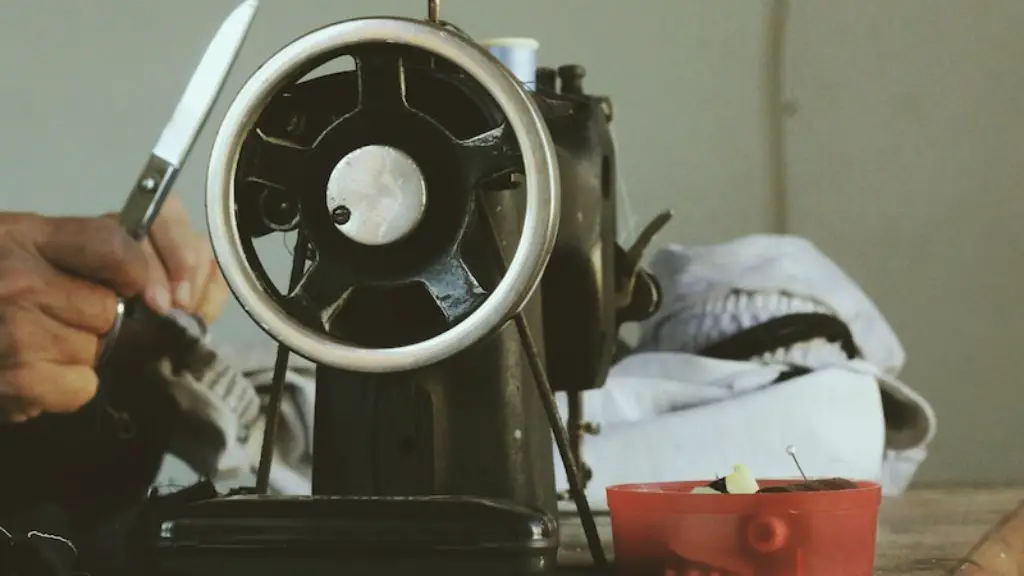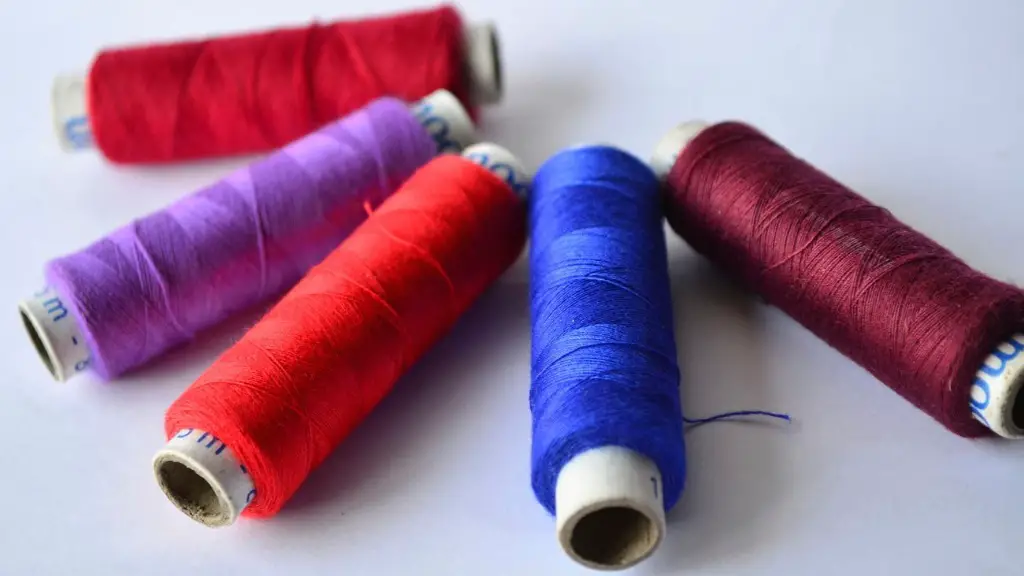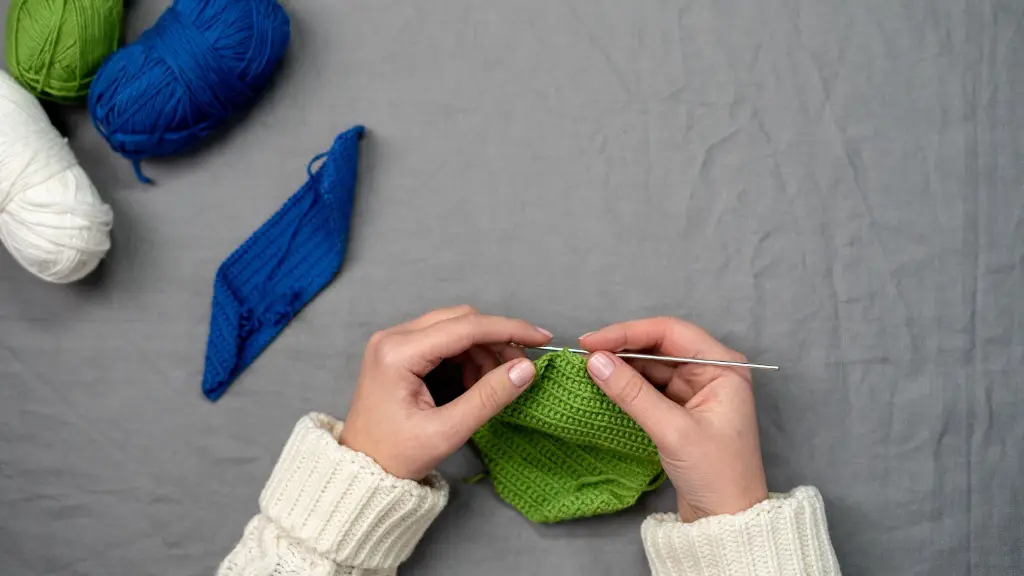Required Materials
The materials needed to make a skirt without a sewing machine can be compartmentalized into two categories: those required for measuring, cutting and pinning, and those for permanent stitching. Non-sewing materials consist of a measuring tape, fabric/fleece, fabric/fleece scissors, and sharp pins. Sewing materials include strong thread, a needle, and double sided tape. The amount and type of material used depending on the type, size, and design of the skirt being made.
Measuring & Cutting Fabric
Measuring and cutting fabric requires a few key steps. Firstly, measure the hip circumference with the help of a measuring tape and add a few inches for proper circumference and movement of the skirt. Secondly, decide the length of the skirt required and add 6-8 inches of extra material to the determined length. Thirdly, place the fabric on a flat surface, stretch and straighten it, and press both sides of the material with hands. Lastly, use fabric and fleece scissors to cut the material into the desired length and shape. Based on the intention, the top and bottom part of the skirt can be angled, curved or trimmed to adjust according to the measurements taken.
Pin, Match & Sew
After the fabric is cut, it is important to match the front and back of the skirt together and pin it. This can be achieved by placing the two halves of the skirt together, facing the inside of the skirt outwards. Then, use the pins to join the two halves together on the edges. Afterwards, begin to stitch the sides of the skirt with a single running stitch, using the needle, thread, and double sided tape. This may require undoing of stitching if any gaps remain. Once the stitching is completed, strong thread should be used on the final seam for added strength and for a smoother seam. Additionally, double lined stitching can be done for added strength and a crisper hem line.
Finishing Touches
Finishing touches to the skirt include pressing or ironing the hem line, adorning with patchwork, and using other embellishments. For clean and wrinkle-free lines, a warm iron should be used to press the finished hem line. Once that is complete, various other design techniques can be employed. Patchwork and embroidery are one of the most popular options being used today. Ornaments, trim and other decorations can also be used. While making a skirt without a sewing machine, it is important to ensure that all stitches used are secure, tight, and durable.
Advantages of Making Skirts Without Sewing Machines
Making skirts without a sewing machine has several advantages. For starters, it is much more cost effective than buying a sewing machine. It also does not require a large expense in the materials needed for making the skirt. Additionally, it is much simpler than operating machines, which eliminates the complexity of overseeing a sewing machine. Lastly, it is an efficient process that allows for an individual to make skirts with greater ease.
Expert’s Perspective on Making Skirts Without Sewing Machines
According to Sarah Brown, an expert fashion designer and pattern maker, “Making a skirt without a sewing machine is a hassle-free process that can result in creative, one-of-a-kind designs”. She also asserts that starting off with a non-sewing garment can open up a variety of possibilities that can be further enhanced through machine sewing. With even basic knowledge of fabric cutting and holding materials, one can make fairly intricate pieces without the assistance of a sewing machine.
Tips to Consider When Making Skirts Without a Sewing Machine
When making skirts without a sewing machine, one should keep in mind to press their fabric before cutting it into their desired shape. This helps to ensure that the shape is accurate. Additionally, the pins and threads used must be strong enough to hold the fabric in place and provide the support needed for the skirt. Lastly, a neat, finish should be given to the end of the seam, as this will create a crisp, finished look.
Designing with Skirts Made Without Sewing Machines
Skirts made without a sewing machine can be designed in a variety of ways. For example, gathering fabric on the waistband or a pleated underskirt can help toflatter the figure. Moreover, fold-over edges can also be achieved without sewing machines, with the help of a strong thread or double-sided tape. Additionally, combination stitch techniques can be used to form intricate decorative patterns. This can be done by using an up and down stitching method, combined with a running stitch.
Conclusion
Making a skirt without a sewing machine is a relatively easy and economicprocess. It eliminates the need for a costly machine and related materials.Moreover, with the help of strong threads and pins, one can make fairly intricate skirts. Prior to beginning the process, one should measure the hip circumference and then choose the fabric based on the design that the person wishes to make. Lastly, a variety of embellishments and decorations can be used to further enhance the skirt.


